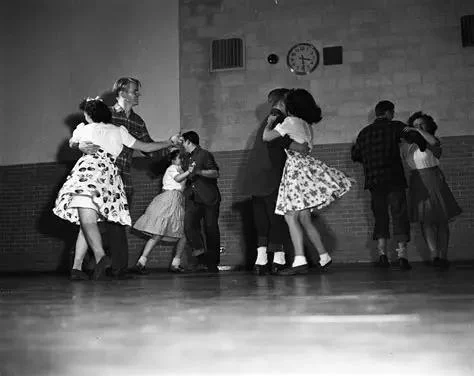
- Historical-Origins-of-Square-Dancing-in-Schools
- Square-Dancing-as-a-Cultural-Education-Tool
- How-Square-Dancing-Promoted-Physical-Activity
- The-Political-and-Social-Undercurrents
- Memories-from-the-Gym-Floor
- Square-Dancing-Today
1. Historical Origins of Square Dancing in Schools
Many people who grew up in the United States from the 1950s through the 1980s vividly remember asking: “Why was square dancing taught in school?” The answer lies in a blend of tradition, nationalism, and practical physical education policies. Square dancing, rooted in European folk traditions, became distinctly American over time, especially in rural communities.
In the 20th century, educational institutions sought ways to include more structured, cooperative physical activity. Square dancing—with its formal steps, partner interaction, and rhythmic patterns—offered the ideal blend of movement, music, and manners. It didn’t require elite athletic ability, making it accessible to all students.
2. Square Dancing as a Cultural Education Tool
2.1 Reinforcing American Identity
During the Cold War era, there was a strong national emphasis on promoting American traditions. Square dancing was seen as a uniquely American folk art that could instill cultural pride and a shared heritage among young students. Some proponents even claimed it was "as American as apple pie.”
2.2 Sponsored Curriculum Push
It may surprise you to learn that square dancing’s inclusion in public education was no accident. In the 1920s through 1950s, influential figures such as industrialist Henry Ford championed square dancing as a moral and patriotic pastime. He even funded programs and publications promoting it as part of youth education. This resulted in curriculum guides and teacher manuals being developed to support widespread adoption.
3. How Square Dancing Promoted Physical Activity
3.1 Structured Movement for All Skill Levels
Unlike competitive sports, square dancing required no special equipment or skillset. It provided an opportunity for students—regardless of athletic ability—to participate in moderate physical activity, practice coordination, and learn rhythm.
3.2 Emphasis on Teamwork and Social Skills
Another key reason square dancing was taught in schools is its strong emphasis on cooperation. Students had to listen closely to the “caller,” follow instructions, and interact respectfully with their partners. These soft skills aligned well with broader educational goals in social development.
4. The Political and Social Undercurrents
4.1 Henry Ford’s Influence—and Controversy
Henry Ford’s support for square dancing wasn’t just about fun. He saw it as a wholesome counter to what he considered morally threatening influences like jazz music, which was rooted in Black culture. While the promotion of square dancing may have had nationalistic intentions, it’s also essential to acknowledge the problematic undertones tied to cultural exclusion and control.
4.2 Changing Social Landscapes
By the late 1980s and 1990s, square dancing started to fade from school curriculums as education shifted toward multicultural inclusion and more modern forms of physical education. Still, the legacy of square dancing endures in the nostalgia of former students—and in certain regional programs that keep the tradition alive.
5. Memories from the Gym Floor
Ask anyone who went to an American public school before the 2000s, and you’ll likely hear stories about awkward hand-holding, clumsy footwork, and the excitement of “Do-si-do” days. These memories, while humorous now, formed an unexpected yet shared rite of passage.
One teacher from Nebraska recalled, “The kids were always hesitant at first. But by the end of the unit, they were laughing and enjoying themselves. It was more than dancing—it was community building.”
6. Square Dancing Today
6.1 Modern Revivals and Adaptations
While it’s no longer common in most schools, square dancing hasn’t disappeared. Cultural centers, historical preservation groups, and even tech-savvy dance instructors are finding new ways to make it appealing to today’s youth. With apps, YouTube channels, and social dance clubs, square dancing is experiencing a subtle but steady revival.
6.2 Learn the Roots at the Right Place
If you’re curious to explore the roots of this once-standard curriculum tradition or even learn to do it yourself, check out American Dance Academy. They offer updated takes on classic forms like square dance while honoring its rich cultural context.
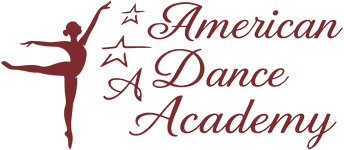
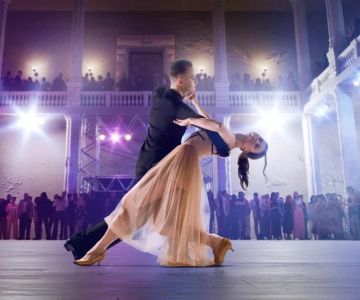
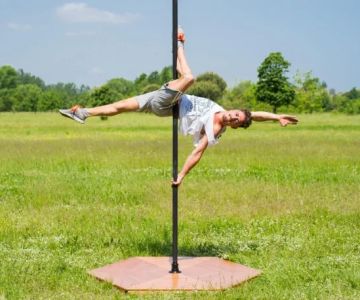
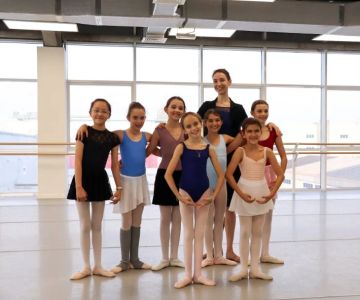
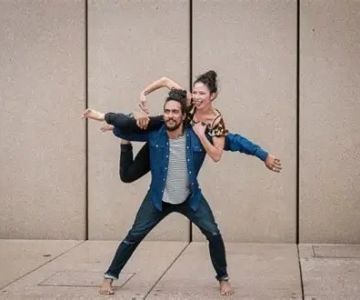

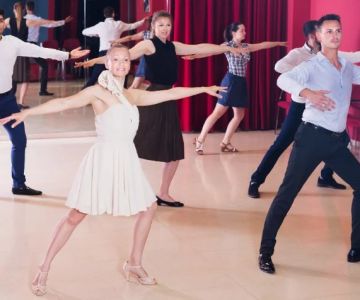
 Barrington Dance Academy5.0 (22 reviews)
Barrington Dance Academy5.0 (22 reviews)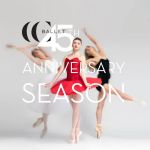 Canyon Concert Ballet4.0 (17 reviews)
Canyon Concert Ballet4.0 (17 reviews) Big City Dance Center LLC4.0 (25 reviews)
Big City Dance Center LLC4.0 (25 reviews)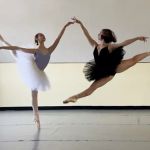 Tye Chua Dance & Kalamazoo Ballet5.0 (18 reviews)
Tye Chua Dance & Kalamazoo Ballet5.0 (18 reviews) Fenton Ballet Theatre4.0 (24 reviews)
Fenton Ballet Theatre4.0 (24 reviews) Front Street Dance Center5.0 (7 reviews)
Front Street Dance Center5.0 (7 reviews) Are There Dances in Middle School? What Students and Parents Should Know
Are There Dances in Middle School? What Students and Parents Should Know How a Dance School in Instagram Builds Community and Success
How a Dance School in Instagram Builds Community and Success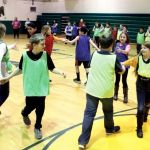 Why Do Schools Teach Square Dancing?
Why Do Schools Teach Square Dancing?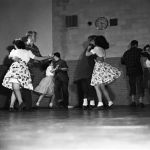 Why Was Square Dancing Taught in School?
Why Was Square Dancing Taught in School? Why Swing Dance Is Popular for Adults
Why Swing Dance Is Popular for Adults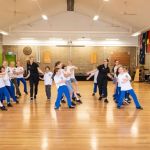 A School Dance: How to Prepare, Shine, and Make It Unforgettable
A School Dance: How to Prepare, Shine, and Make It Unforgettable